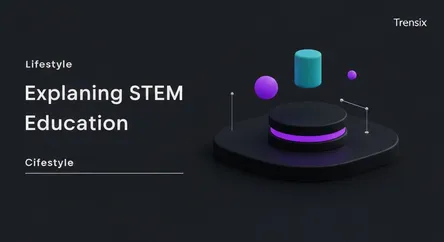Lifestyle
Explaining STEM Education

Discover STEM, the integrated learning approach combining Science, Technology, Engineering, and Mathematics to foster critical thinking and innovation.
What is it?
STEM is an educational acronym that stands for Science, Technology, Engineering, and Mathematics. It represents an integrated learning approach where academic concepts are coupled with real-world applications. Instead of teaching these four disciplines as separate subjects, STEM integrates them into a cohesive paradigm based on practical problem-solving. The goal is to equip students with a skill set that goes beyond theoretical knowledge, emphasizing hands-on experience and critical thinking.
Why is it trending?
The rise of STEM is linked to the demands of our technological world. Global economies are shifting towards knowledge-based industries, creating a massive demand for professionals skilled in scientific fields. Educators and policymakers recognize that a strong STEM foundation is crucial for fostering innovation and maintaining a competitive edge. This has led to a global push for revamping curricula to prioritize these subjects, preparing the next generation for the jobs of the future.
How does it affect people?
STEM education profoundly impacts individuals and society. For students, it cultivates essential skills like critical thinking and digital literacy, opening doors to a wide range of high-demand careers. On a broader scale, a STEM-literate workforce drives economic growth and technological advancement, helping to solve complex global challenges from climate change to healthcare. It empowers people to become creators and innovators, not just consumers of technology.